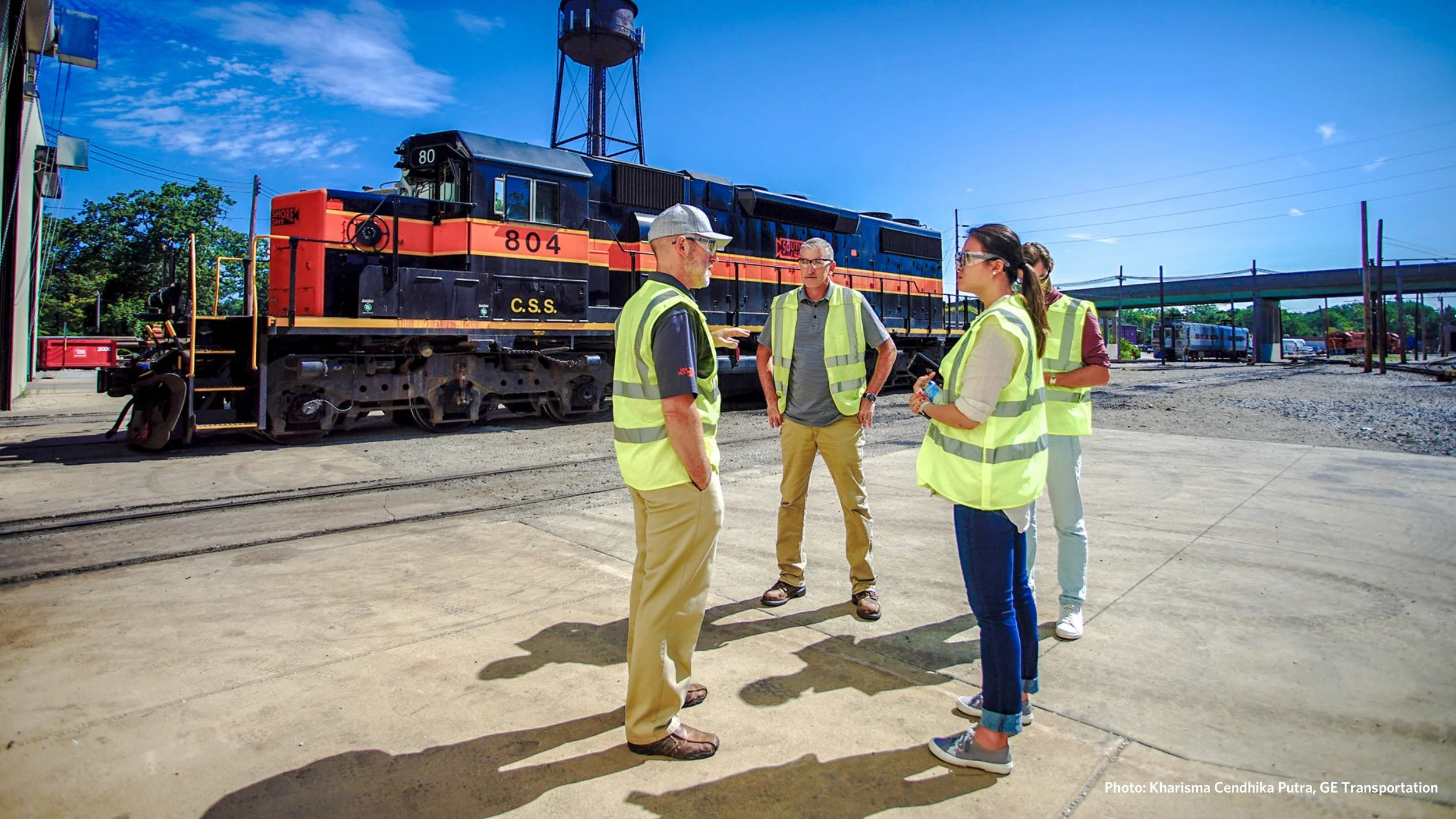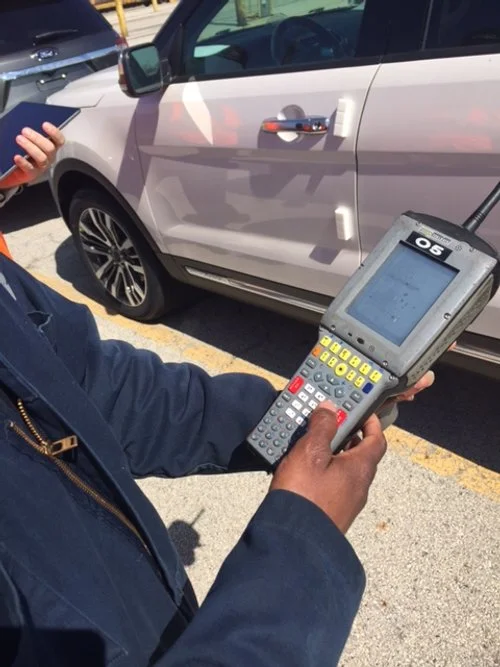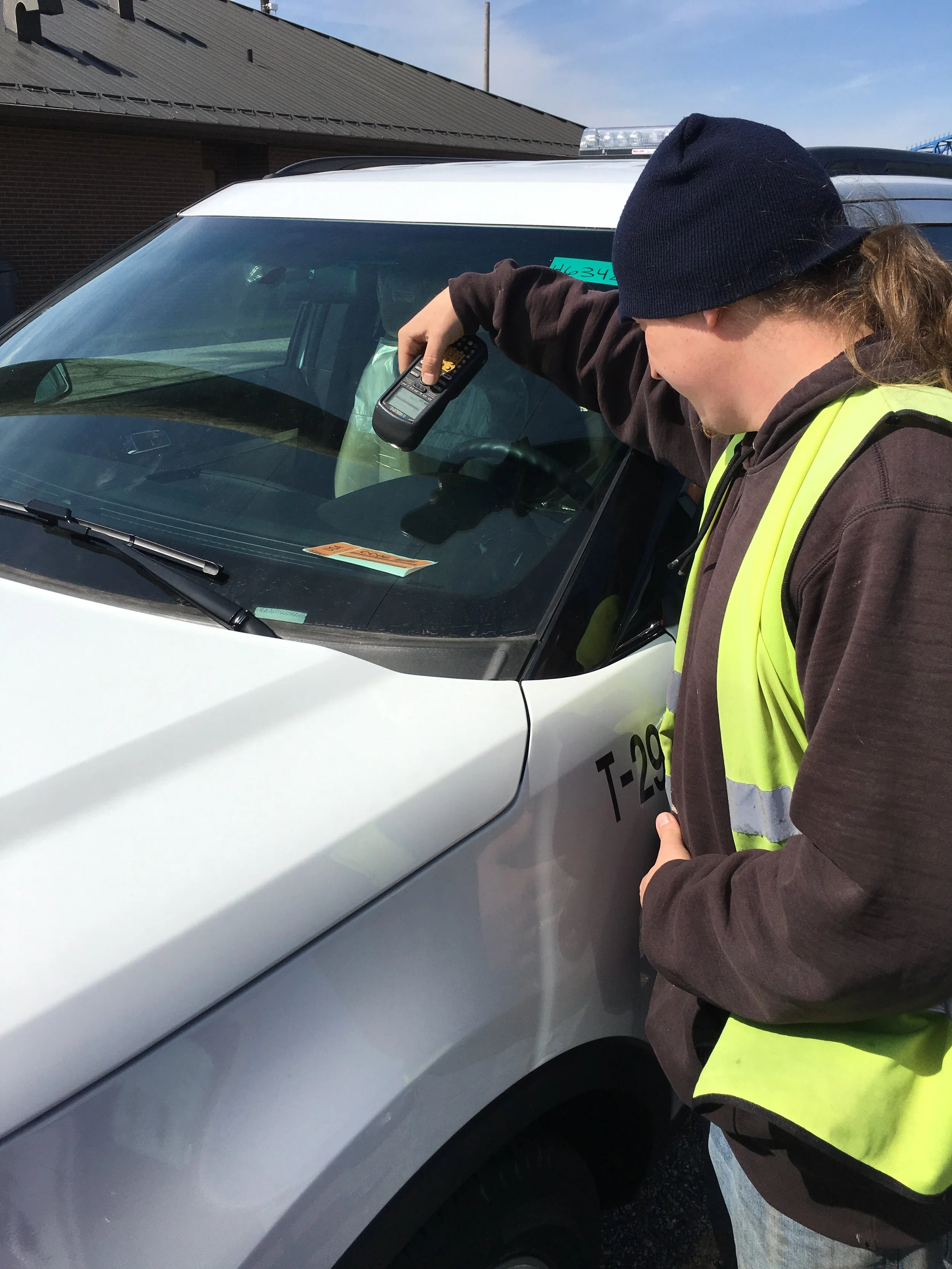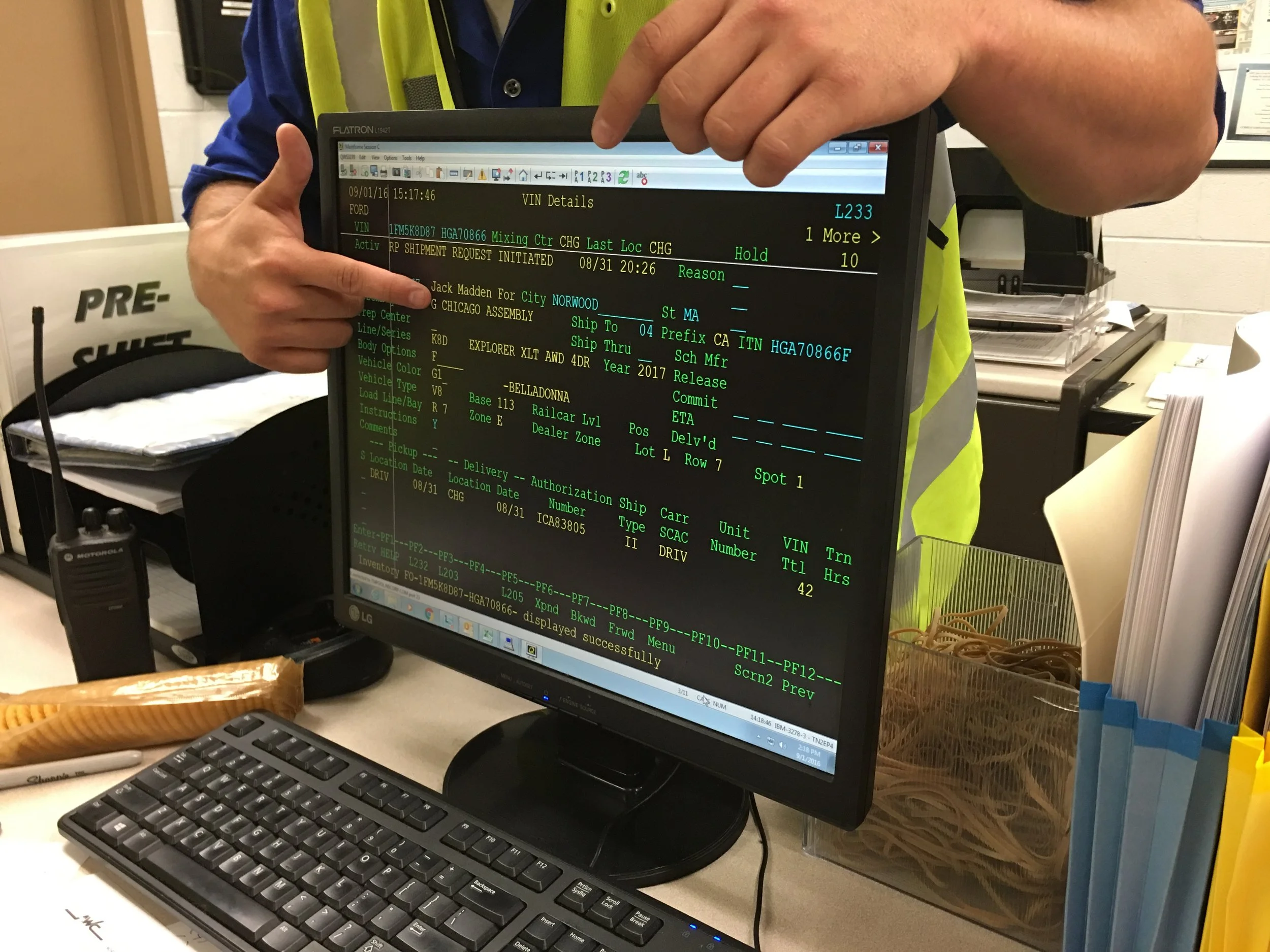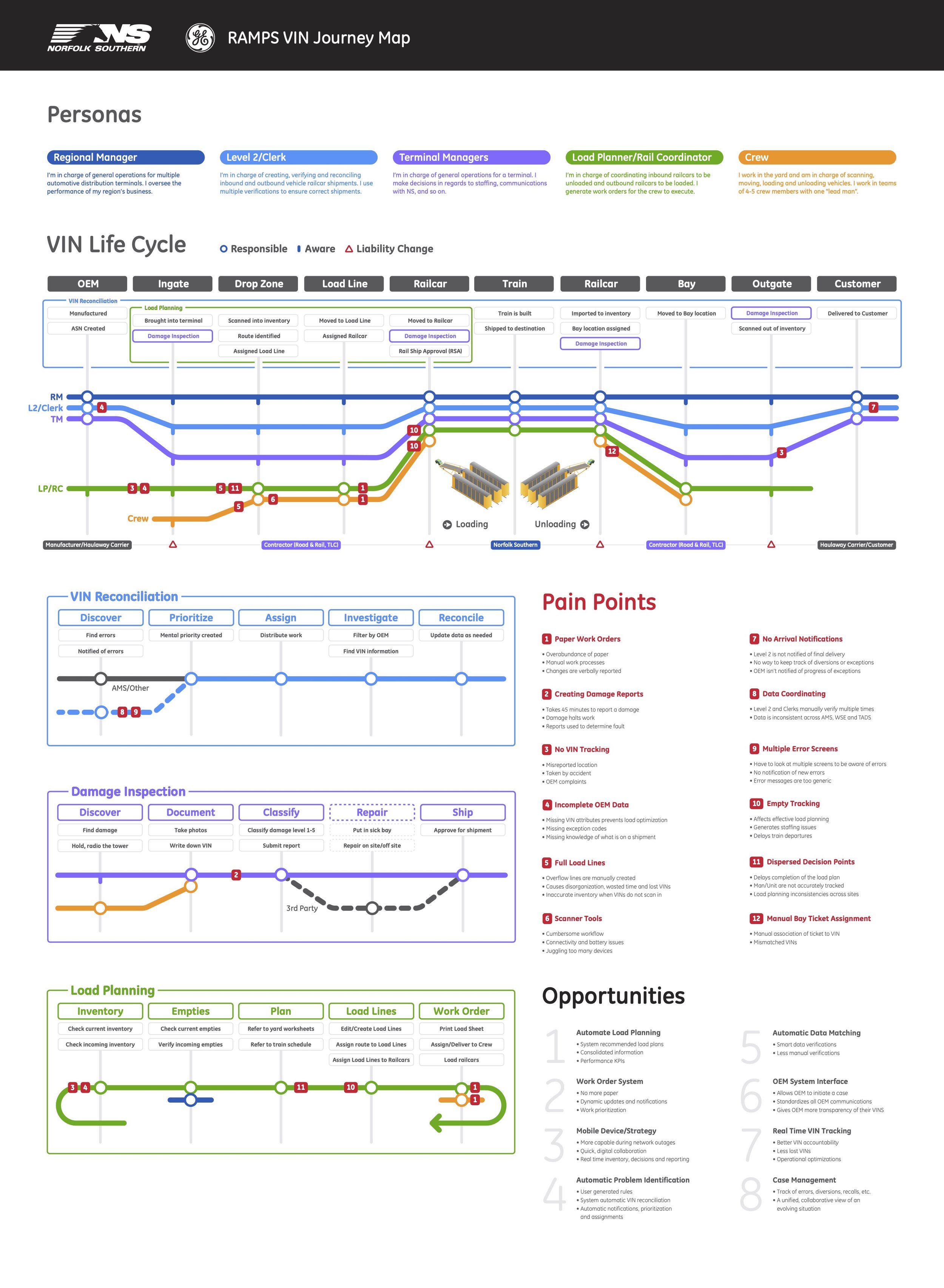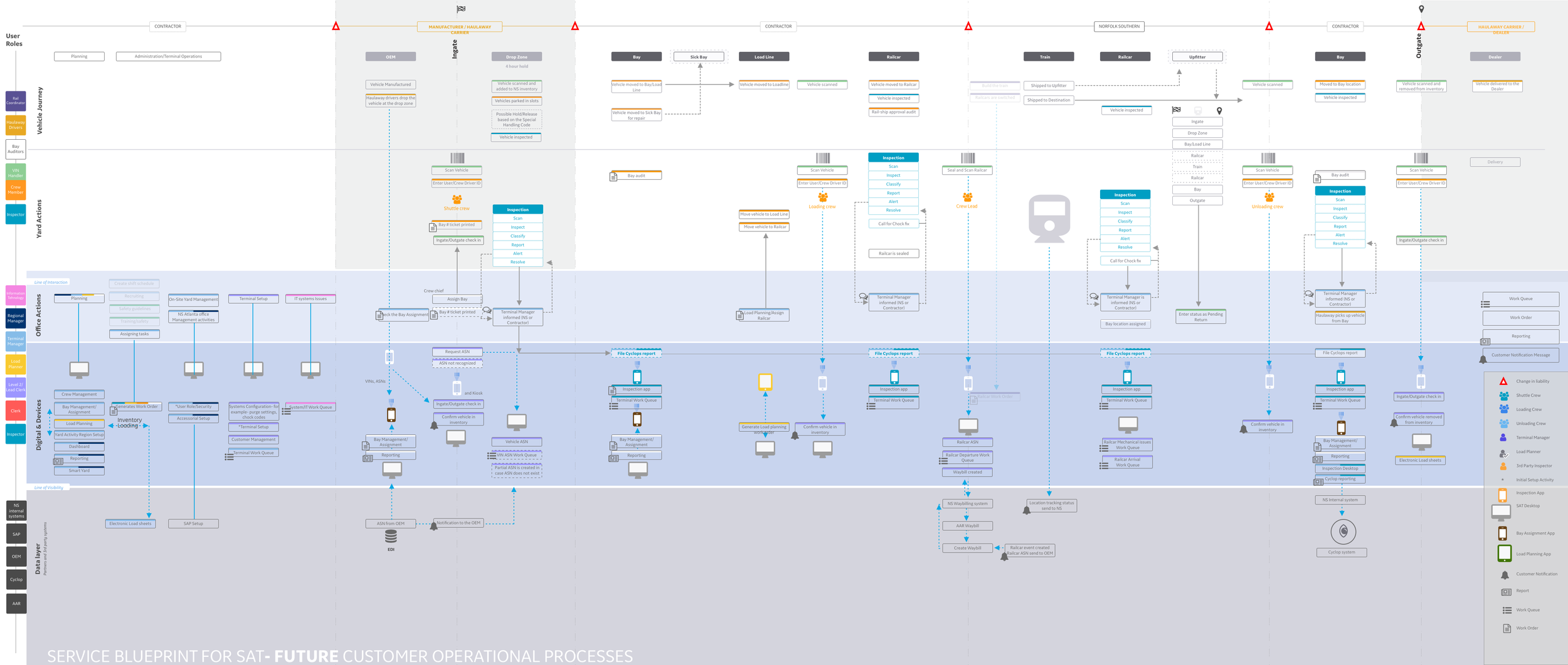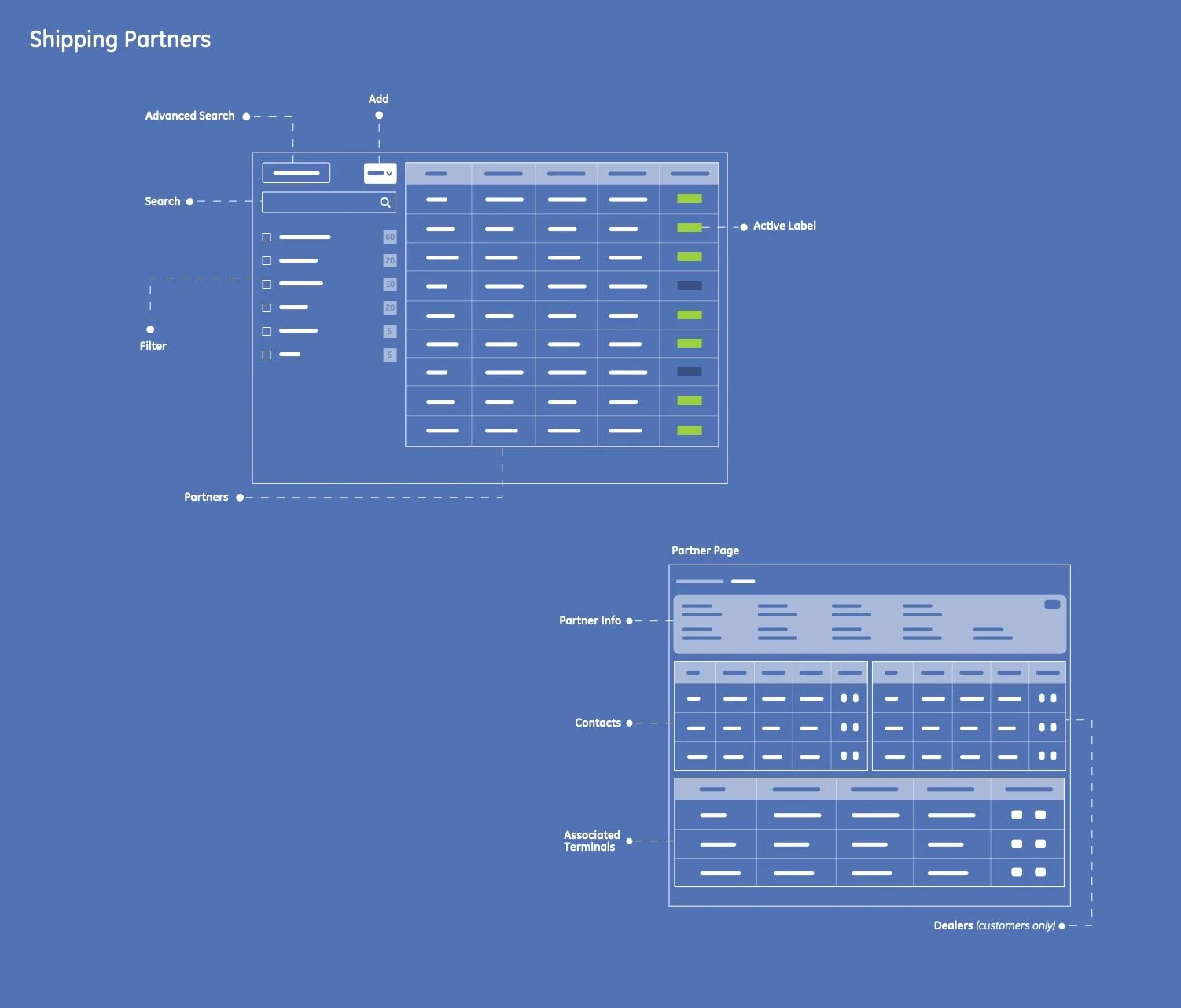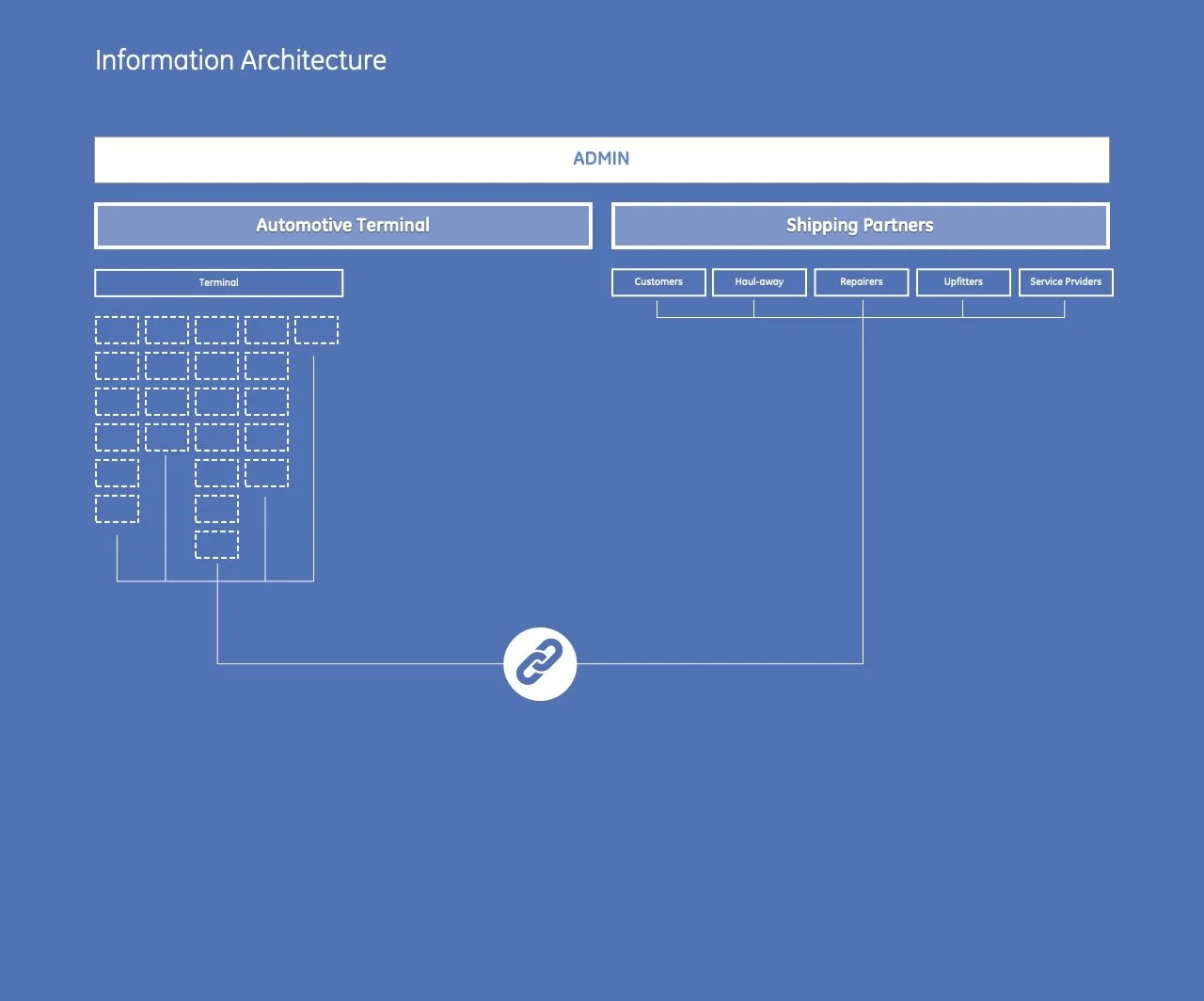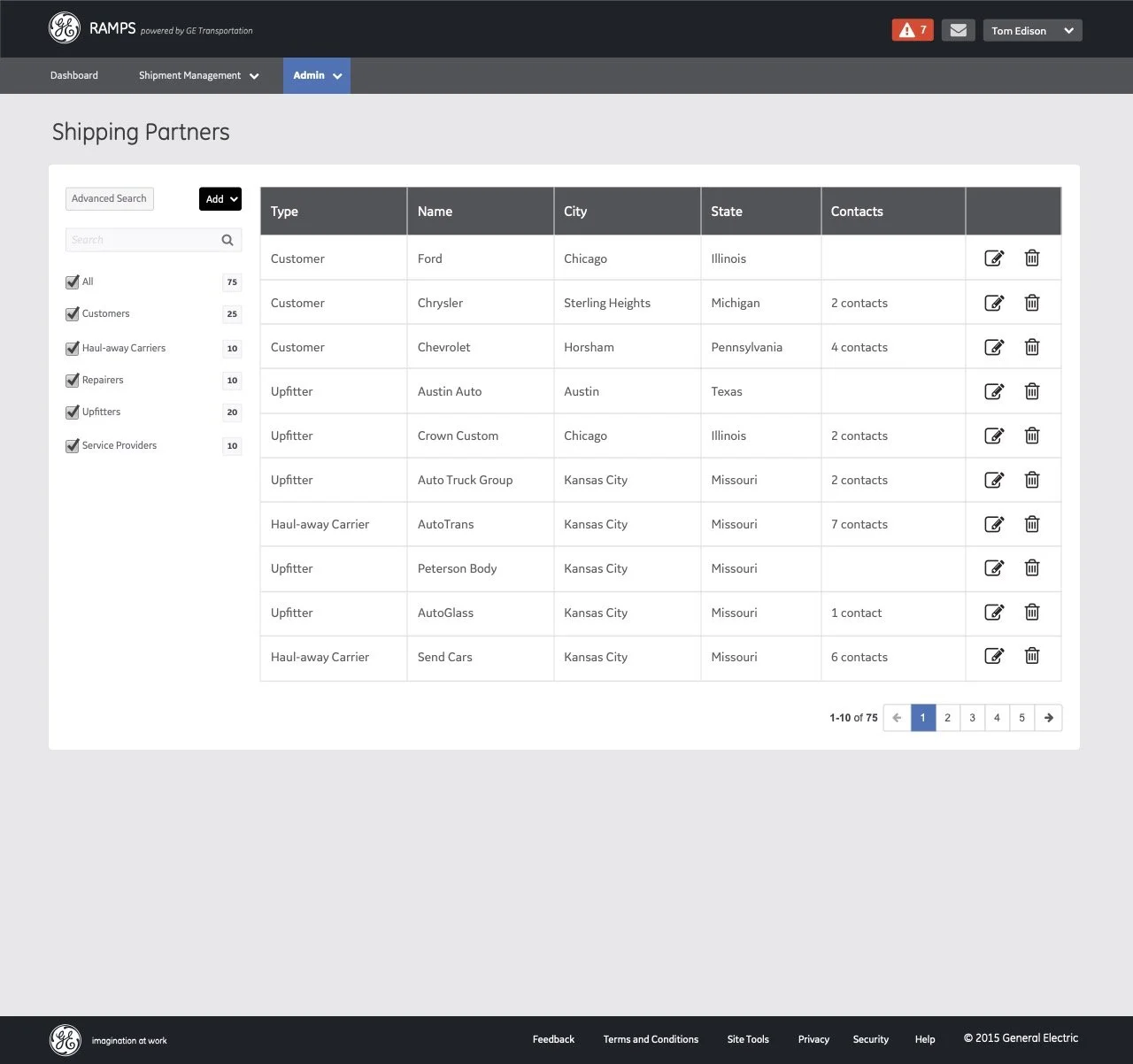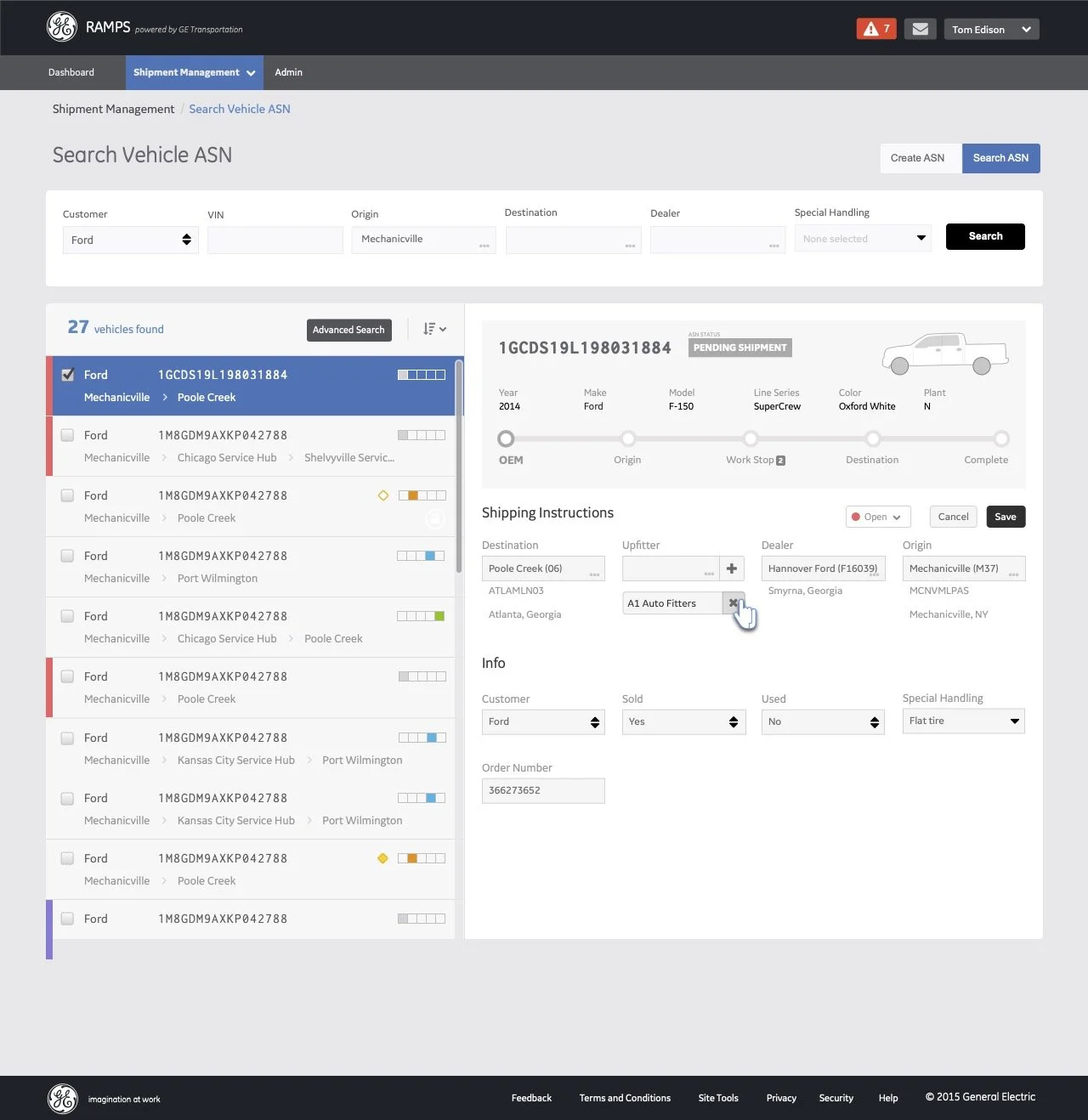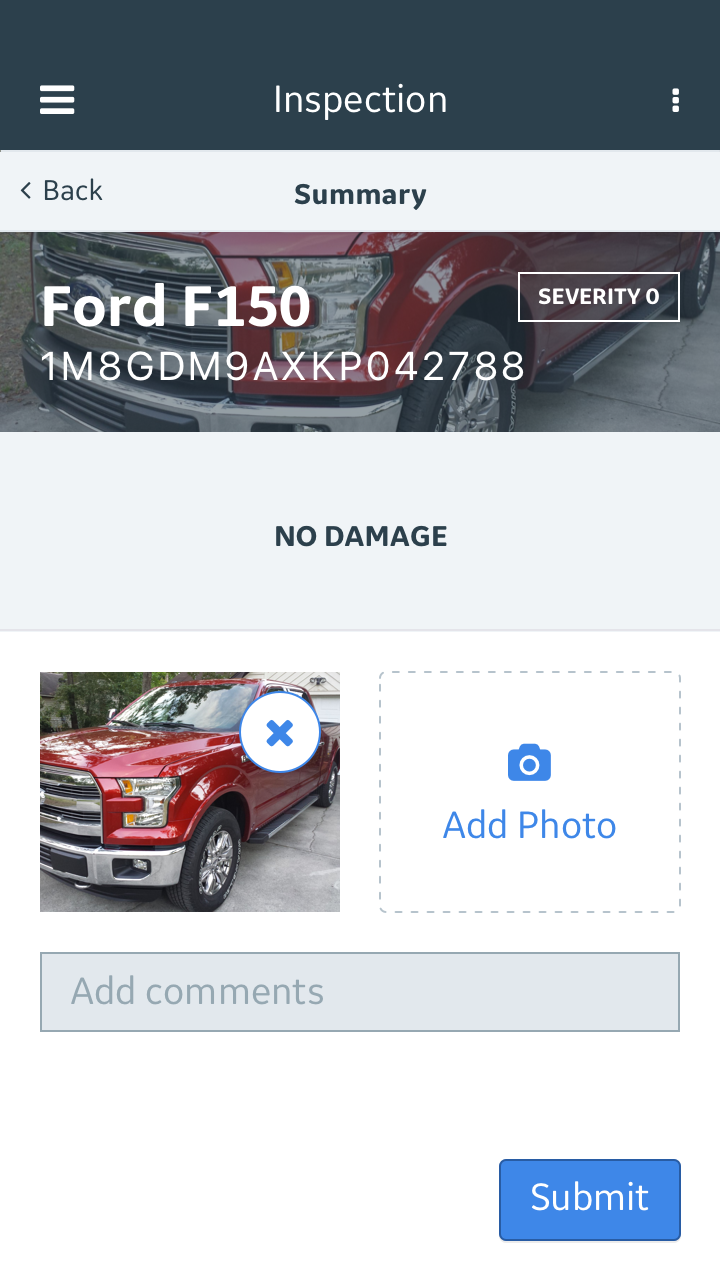
Digitizing the Rail Industry
The rail industry was losing ground to more predictable and cost-effective over-the-road shipping, a clear sign of the aging rail infrastructure and processes.
I led a strategic transformation of our core rail ecosystem, setting new standards for how users interact with the digital rail. Our approach was rooted in deep industry and user understanding, focusing on aligning our products and major customers to uplift the entire ecosystem.
This suite of refreshed and new tools was made up of Movement Planner ↓, Smart Intermodal ↓, and Smart Automotive ↓, stitched together with a new design system developed in tandem..
Movement Planner
From Low Adoption to Lasting Impact
The Movement Planner project began with a pressing question: why was user adoption so low, despite major investments in implementation and training? To answer it, we conducted deep user research and co-creation sessions with three key customers across two continents.
These insights became the foundation for a five-year product vision that aligned with true user needs and exceeded company goals. Through dozens of workshops, iterative prototypes, and validation sessions, we radically improved the interface design—reducing dispatcher cognitive load and significantly boosting effectiveness.
Beyond the immediate impact, Movement Planner became the prototype for an innovation framework that shaped how future product initiatives were approached.
- Business Development
- Engagement Scoping
- Creative Direction
- Workshop Facilitation
- Program Management & Execution
Role
Discover
RIGHT: Screenshot of the original software. Typical trainees took over a year to feel comfortable with the ‘string graph’ visualization.
Bottom: Typical environment. Software typically sat out of eye-line because it was too hard to use.
LEFT: Screenshot of the original software—‘track view’ visualization.
Bottom: Typical environment. Software typically sat out of eye-line because it was too hard to use.
explore
Top, Right: Artifacts from multiple discovery workshops, generative workshops, and synthesis sessions.
build
Top, Right: Early concepts in dark mode to get user and development feedback.
Design
Top, Right: Final functional prototype for feedback and user testing
Modernizing Mission-Critical Rail Operations
Redesigning the 20-year-old Smart Intermodal Terminal product—used in thousands of rail yards across North America—was a high-stakes transformation. Partnering with a key customer operating over 25 major intermodal yards (where just one hour of downtime costs $1 million) underscored the critical nature of this effort.
We began with a three-month discovery sprint across multiple yard locations, validating the problem space and co-creating a product strategy that aligned tightly with both business and customer objectives. The multi-year initiative ultimately impacted hundreds of thousands of workers, truckers, and logistics companies.
To maintain strategic momentum, the UX team worked one quarter ahead of engineering, enabling a steady cadence of new product releases every six months. This work became the prototype for our Enterprise UX framework, setting a new standard for transforming large-scale, complex industrial software systems.
Smart Intermodal Terminal
- Business Development
- Engagement Scoping
- Creative Direction
- Workshop Facilitation
- Program Management & Execution
Role
DISCOVER
TOP: On-site discovery trips & workshops to understand current process and pain points
LEFT: Workshop artifact
FAR-LEFT: Screenshot of original product with incomplete data
Explore
TOP: Journy map for key railyard process
RIGHT: Service blueprint of existing operations
DESIGN
TOP: Early designs for user feedback and tech feasibility
RIGHT: Detailed UX timeline to ensure design set the pace and stayed ontime to ensure delivery of such a large, multi-year project
BUILD
TOP: Screenshot of beta version, birds-eye-view
TOP: Screenshot of beta version, real-time, 3D view
Standardizing a Fragmented Shipping Network
The Smart Automotive Terminal project tackled a deeply fragmented system—our initial research revealed no standardized processes across the entire network of automotive shipping terminals. This lack of consistency created communication breakdowns and made onboarding new employees unnecessarily difficult.
To solve it, we conducted extensive user research and discovery, mapping the operational nuances of each terminal and customer. From this complexity, we synthesized common procedures and designed a flexible, scalable workflow that served the entire network.
The resulting platform, deployed across hundreds of locations and partners on both mobile and desktop, dramatically improved usability and process clarity. Executive stakeholders and frontline users alike praised the standardized workflows and intuitive interface—turning a once-chaotic system into a streamlined, scalable solution.
Smart Automotive Terminal
- Creative Direction
- Workshop Facilitation
- Quality Control
- UX Research
- Synthesis
- Ideation
- Interaction Design
Role
Discover
FAR LEFT: Discovery trips to understand current solution
TOP/LEFT: Current solutions across customers.
EXPLORE
TOP: Journey maps and service blueprints for new, optimized ways of working inside the railyard powered by smart software
DESIGN
TOP: Weekly design reviews with subject matter experts and real-world users enabled fast iteration
BUILD
BOTTOM: Final desktop and mobile app
design system
From Fragmentation to Scale
User research across the organization quickly revealed a clear pattern: every product team used icons—but none used the same set. Mapping features were common across 80% of products, yet teams relied on different engines, color schemes, and data sources. The result was a fragmented, inconsistent experience across the portfolio.
To fix this, our team partnered with product leaders, engineers, and designers to create a shared foundation of design assets and code. The new system enabled teams to build more consistent products—faster. For example, implementing a map to display asset locations went from taking 2–3 weeks to just 15 minutes.
This success laid the foundation to secure funding for a dedicated design system team.
In its second iteration, the system expanded dramatically in scope to replace an outdated, deprecated foundation. We began by visiting our largest development hubs around the world and facilitating workshops with engineering teams. These sessions surfaced critical pain points in the old system and allowed us to reimagine a new, developer-centric solution.
Built on Google Material and JavaScript-agnostic web components, the new system offers flexibility across diverse tech stacks. It is now scaled to support 3,000+ developers across a global R&D organization of 27,000 people.
- Business Development
- Engagement Scoping
- Creative Direction
- Workshop Facilitation
- Program Management & Execution

